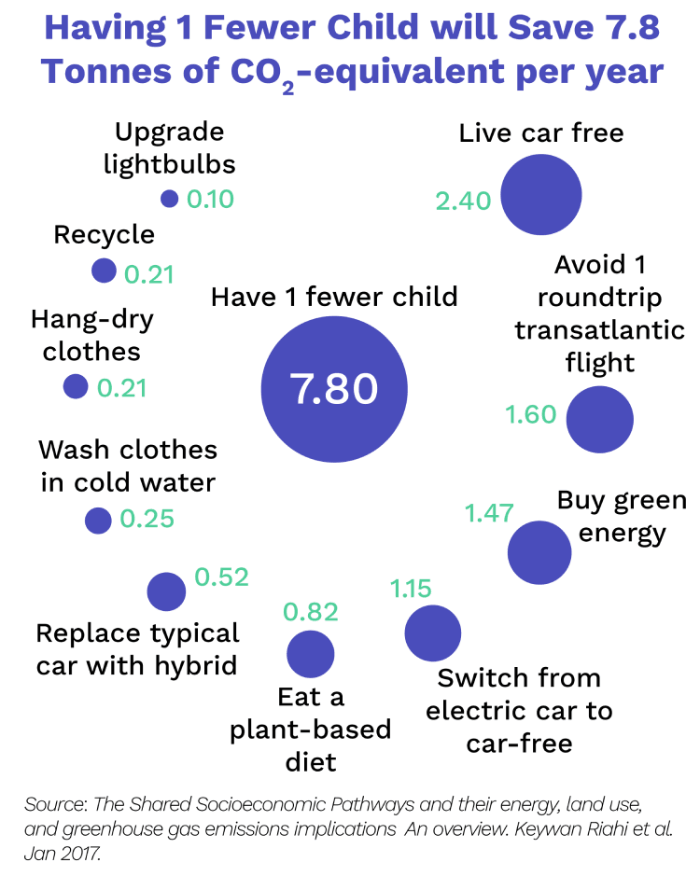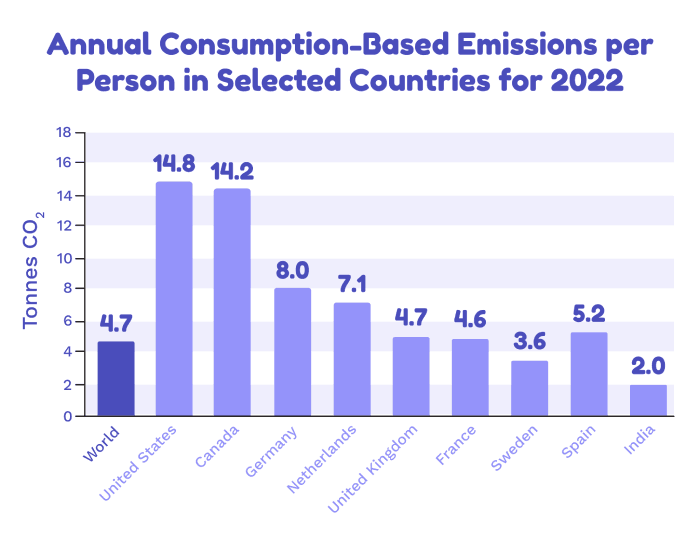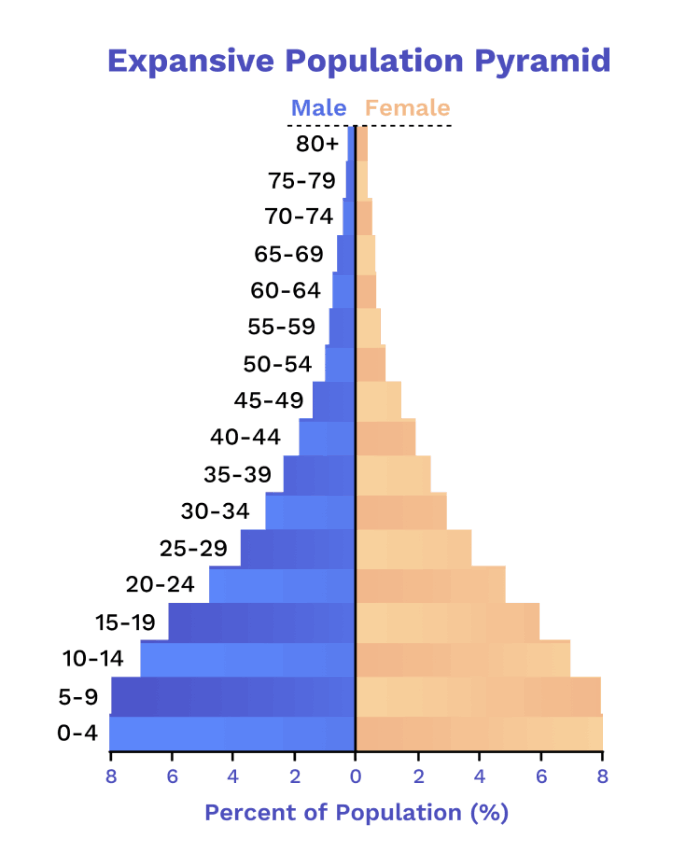Having Children: Is Climate Change Really a Reason Not to Have Children?
8 minute read
Updated on: 28 Jan 2021
“Should I have fewer children to lower my impact on climate change?” This is a question that is often raised in the debate on how we can reduce our personal emissions .
We’ll try to answer it, focussing mainly on the developed world. For developing nations, we must take a different perspective, which will be covered in our course ’A Fair World’. Now, onto the question!
On average, each person on Earth is responsible for around 5 tons of CO₂ emissions per year . This, however, varies greatly depending on which country the person is in. In the US, 16 tons of consumption-based CO₂ are emitted per person each year
. In India this number was only 1.84 tons per person per year in 2016
.
The high emissions contributed by each individual in developed countries have led some to think that, by having fewer children, we can reduce our carbon footprint . Is this really the case?
Does having fewer children really reduce emissions?
Remember the climate equation from the Crash Course?
Total emissions = P x E x C
Where P = population, E = emissions per service and C= consumption of services per person . By having fewer children, we would reduce P, which would in turn decrease carbon emissions, right?
Well, let’s look at some predictions. The IPCC (Intergovernmental Panel on Climate Change) has a set of models that predict carbon emissions based on policy choices and technology, known as the Shared Socioeconomic Pathways (SSP) . The specific model that best fits current climate policies is called SSP2
.
What if we used the SSP2’s projections for carbon emissions from 2020-2100 for wealthy countries to determine emissions associated with having a child?
We find that having one fewer child in a wealthy country would reduce an individual’s carbon footprint by 7.8 tons per year over an 80-year lifespan
.

Impacts of different personal actions









